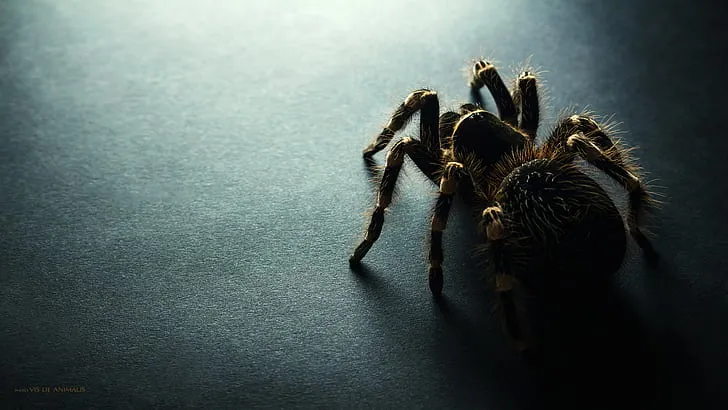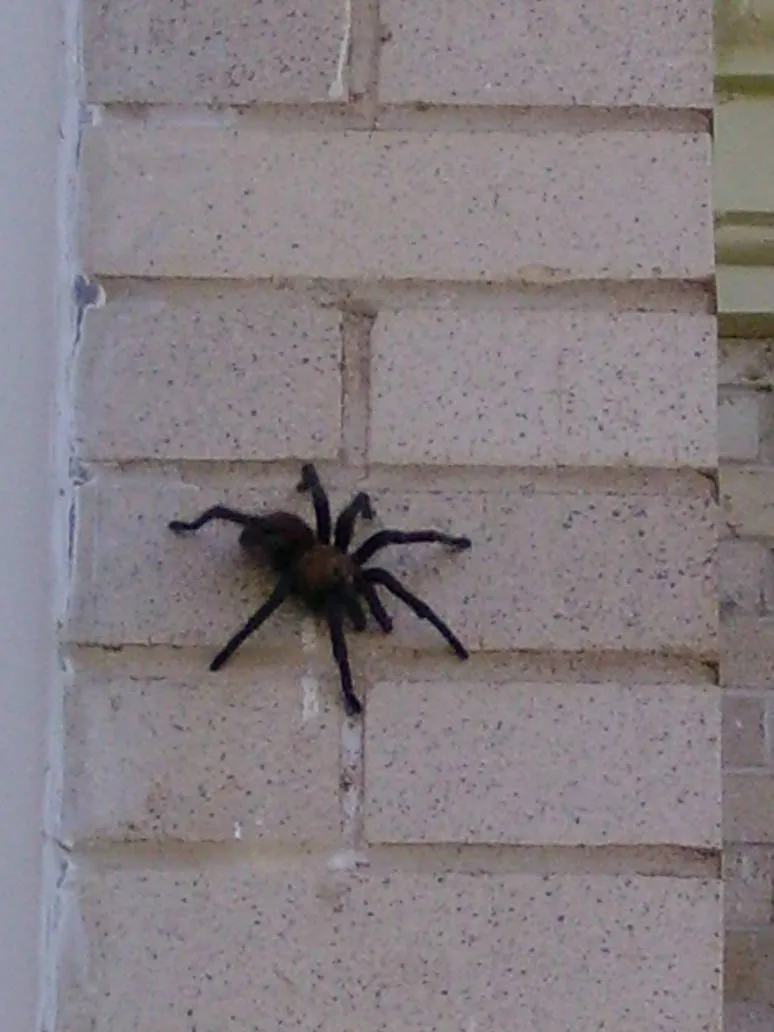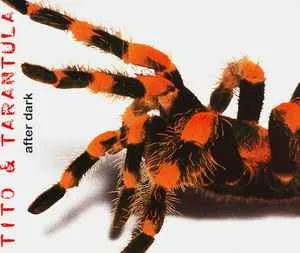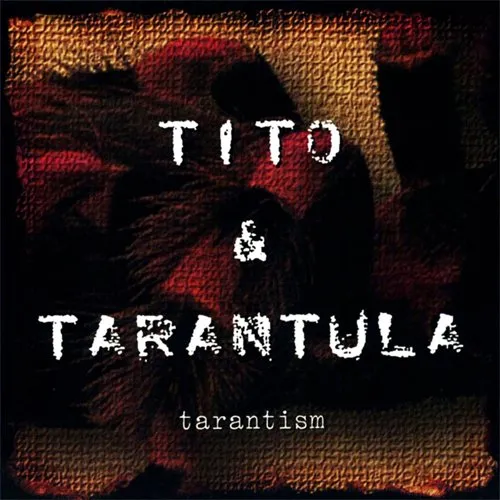What is a Dark Tarantula?
The term “dark tarantula” doesn’t refer to a single species but rather a group of tarantulas that share similar coloration, typically characterized by deep, rich hues of brown, black, or a combination thereof. These spiders, part of the Theraphosidae family, are renowned for their impressive size, often boasting leg spans that can exceed several inches. Native to various regions across the globe, from the Americas to Asia and Africa, dark tarantulas are fascinating creatures that have captivated the interest of both arachnophiles and casual observers alike. Their cryptic coloration serves as excellent camouflage, allowing them to blend seamlessly with their natural surroundings, making them masters of ambush predation and stealth survival. This article delves into the captivating world of dark tarantulas, exploring their appearance, habitat, behavior, and the many intriguing aspects of their lives.
Appearance and Characteristics
Dark tarantulas are visually striking, their bodies typically adorned in shades of dark brown, charcoal, or even near-black. This coloration isn’t merely aesthetic; it serves a crucial role in their survival. The dark pigments help them absorb heat, allowing them to thrive in various climates. Their bodies are covered in tiny hairs, called setae, which give them a velvety texture and can also serve sensory functions, detecting vibrations and air currents. Their legs are robust and powerful, equipped with claws that allow them to climb and grip surfaces effectively. Each species of dark tarantula possesses unique markings and subtle variations in color, making them a diverse and captivating group to observe and study. The intricate patterns and textures add to the beauty of these arachnids, each one a unique work of natural art.
Size and Lifespan

One of the most impressive features of dark tarantulas is their size. They are among the largest spiders in the world, with some species boasting leg spans of over 10 inches. Their bodies, though not as large as their legs, are still substantial, allowing them to capture and consume sizeable prey. In captivity, they can live for many years, with females often living significantly longer than males. The average lifespan for a female dark tarantula can range from 15 to 25 years, while males typically live for 5 to 10 years. This long lifespan means that owning a dark tarantula is a long-term commitment, requiring ongoing care and understanding of their specific needs and lifecycle. Proper care, including a suitable habitat and a balanced diet, is crucial for ensuring a healthy and long life for these magnificent creatures.
Habitat and Distribution
Natural Environment
Dark tarantulas are found in a variety of habitats across the globe, primarily in tropical and subtropical regions. Their natural environments include rainforests, grasslands, deserts, and even mountainous areas. They are generally terrestrial, meaning they live on the ground, though some species may also burrow underground or seek shelter in trees and shrubs. Their habitat preferences vary depending on the species, with some favoring humid environments and others adapting to drier climates. The availability of suitable prey, shelter, and appropriate temperatures are all critical factors in determining where dark tarantulas can thrive. Understanding their natural environment is key to providing them with the best possible care in captivity and appreciating their role in their ecosystems.
Where They Live

The distribution of dark tarantulas is vast, encompassing various continents. They are commonly found in North and South America, with diverse species inhabiting regions from the southwestern United States to the Amazon rainforest. In Asia, they are found in countries like India, Thailand, and Malaysia. Africa is also home to several species, particularly in the central and southern regions. Each species has specific habitat preferences, with some preferring to burrow in the earth, others creating webs in trees, and some finding refuge under rocks or within leaf litter. Their wide distribution underscores their adaptability and their ability to thrive in a variety of environmental conditions. Knowing the natural habitat of a dark tarantula species is essential for replicating it in captivity and ensuring its wellbeing.
Behavior and Temperament
Hunting and Diet
Dark tarantulas are primarily ambush predators, relying on their excellent camouflage and patience to capture their prey. They typically lie in wait, sensing vibrations and movements in their environment. When a suitable meal, such as an insect, small rodent, or even a lizard, comes within range, they pounce with lightning speed. Their diet consists mainly of insects, but larger species may consume small vertebrates. They inject venom into their prey, which paralyzes them and begins the digestive process. The tarantula then uses its chelicerae (fangs) to crush and consume the prey. Feeding habits vary based on the species and the size of the tarantula; younger spiders require smaller, more frequent meals, while adults can eat less often but consume larger prey. The efficiency of their hunting techniques and their varied diet reflect their adaptation to different environments.
Defense Mechanisms

Dark tarantulas have several defense mechanisms to protect themselves from predators. One of the most common is the use of urticating hairs. These tiny, barbed hairs are found on their abdomen, and when disturbed, the tarantula flicks them towards the perceived threat. These hairs cause intense irritation upon contact with skin and eyes, deterring potential predators. Another defense is their ability to bite. While not typically lethal to humans, a tarantula bite can be painful and may cause localized swelling and discomfort. Some species also exhibit defensive postures, rearing up on their hind legs and displaying their fangs, which serve as a warning to back off. Their camouflage, combined with these defensive strategies, helps them survive in the wild and provides some level of protection in captivity.
Reproduction and Life Cycle
Mating Rituals
The mating rituals of dark tarantulas are fascinating and often involve a complex dance between the male and female. The male, after reaching maturity, will create a sperm web, deposit his sperm, and then collect it with his pedipalps (small appendages near the mouth). He then seeks out a receptive female, often following pheromone trails she leaves behind. During courtship, the male will tap and drum on the ground, a signal intended to entice the female without triggering her predatory instincts. If the female is receptive, she allows the male to approach and mate. However, mating can be a dangerous endeavor for the male, as the female may attack and consume him if she is not satisfied or ready. Successful mating results in fertilization of the female’s eggs, which will eventually lead to the creation of an egg sac.
Egg Sacs and Spiderlings

Following mating, the female dark tarantula produces an egg sac, a silken pouch in which she carefully deposits her eggs. The number of eggs can vary depending on the species, but it can range from a few dozen to several hundred. She guards the egg sac diligently, turning it and protecting it from potential threats. The incubation period can last several weeks to months, depending on environmental factors. Once the spiderlings hatch, they remain in the egg sac for a short time, molting and developing. The female may continue to protect the spiderlings for a while after they emerge from the egg sac, but eventually, they disperse to live independent lives. The cycle of reproduction is a crucial part of the dark tarantula’s life, ensuring the continuation of their species.
Conservation Status and Threats
Current Status
The conservation status of dark tarantulas varies greatly depending on the species. Some species are relatively common and widespread, while others face significant threats and are considered vulnerable or even endangered. Habitat loss, due to deforestation, urbanization, and agriculture, is one of the primary threats to their survival. The pet trade, both legal and illegal, can also impact populations, particularly for rare or highly sought-after species. The impact of climate change and other environmental factors is another area of concern. Therefore, continuous monitoring of these species and implementing conservation measures are essential for their survival in the wild. Raising awareness about the importance of dark tarantulas in their ecosystems is critical for encouraging conservation efforts.
Threats to Survival

Dark tarantulas face a multitude of threats that jeopardize their long-term survival. Habitat destruction is a major concern. As forests are cleared and natural habitats are converted for human use, tarantulas lose their homes and face food shortages. The pet trade can also pose a significant risk, with unsustainable collection practices depleting wild populations. Climate change is another emerging threat, causing shifts in temperature and rainfall patterns that can disrupt their natural life cycles. Pesticides and other pollutants can also contaminate their environment, affecting their health and reproduction. To combat these threats, conservation efforts are necessary, including habitat protection, sustainable pet trade practices, and education about the importance of these fascinating creatures in their ecosystems. Without these efforts, the future of some dark tarantula species remains uncertain.
Interesting Facts about Dark Tarantula
Unique Characteristics
Dark tarantulas have many unique characteristics that set them apart from other arachnids. Their impressive size, often exceeding 10 inches in leg span, makes them one of the largest spider species. Their ability to molt, shedding their exoskeleton to grow and regenerate lost limbs, is a fascinating process. The urticating hairs on their abdomen, used as a defense mechanism, are another unique adaptation. The vibrant colors and patterns that some species display also distinguish them. Their longevity, with females living for decades, is another extraordinary aspect of their biology. Their unique adaptations enable them to thrive in diverse environments, from tropical rainforests to arid deserts. Each species possesses its own distinctive features, making the study of dark tarantulas an enriching and diverse pursuit.
Amazing Abilities

Beyond their physical characteristics, dark tarantulas possess remarkable abilities. They are incredibly strong for their size, able to lift objects many times their weight. They are also masters of camouflage, blending seamlessly into their surroundings. Their venom, though not usually lethal to humans, is effective in subduing their prey. They have a keen sense of vibration, allowing them to detect movement and potential prey from a distance. Their ability to survive on limited resources and adapt to a variety of environments highlights their resilience. The intricate mating rituals, the production of egg sacs, and the protection of their young showcase their complex behaviors. Their survival abilities make these dark tarantulas an extraordinary and successful species, worthy of both admiration and conservation.
